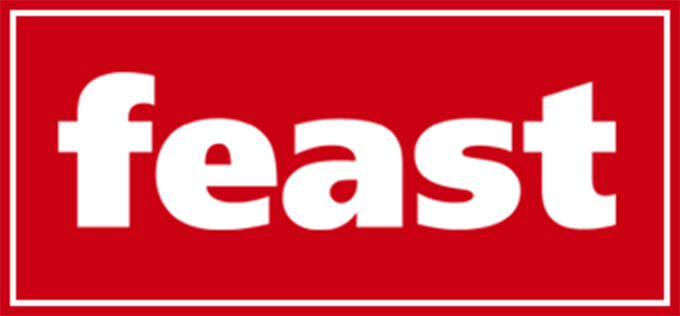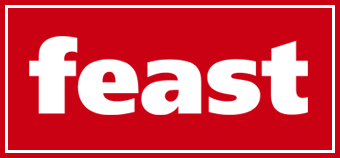Starting a new job can be exciting but also a little overwhelming. For a company, the first few days of a new hire are critical. They set the tone for productivity, communication, and workplace culture. From my experience, nothing slows down a fresh start faster than missing logins, broken equipment, or unclear processes. That’s why a well-organised IT onboarding checklist is essential.
When you partner with a trusted IT support company, the transition for new hires becomes smooth and stress-free. These professionals make sure every technical detail is handled before the employee even steps through the door or logs in remotely.
Businesses working with Ingenio Technologies often find that new hires can hit the ground running. They know exactly what systems to use, how to use them, and who to contact if something goes wrong. This proactive approach not only boosts productivity but also leaves a positive first impression.
Why IT Support Matters During Onboarding
IT support is the backbone of the onboarding process. In today’s workplaces, nearly every role involves technology in some way. Without proper access to tools, accounts, and secure systems, a new hire’s first week can be frustrating and unproductive. Good onboarding also prevents potential security risks by ensuring access is granted correctly and old accounts are managed properly.
Pre-Onboarding Preparations
Before the employee’s first day, the IT team should prepare everything they’ll need. This saves time, avoids last-minute panic, and shows the new hire that your company values organisation.
Key Pre-Onboarding Steps
- Set up all required user accounts
- Prepare company email address
- Assign necessary software licenses
- Configure hardware like laptops, monitors, and phones
- Ensure access to shared drives and collaboration tools
Having these ready signals to the employee that the company is ready for them to start making an impact.
Hardware Setup and Testing
It’s not enough to hand over a laptop. IT should ensure devices are fully functional and pre-configured with the required settings.
Checklist for Hardware Setup
- Install the latest operating system updates
- Load essential software
- Test internet and network connections
- Set up printers or other office devices
- Provide backup power solutions if needed
A quick functionality check prevents that awkward moment when a new hire’s first task is troubleshooting their own computer.
Software and Access Configuration
Software access is often the most common stumbling block during onboarding. Having clear records of what each role needs makes this step much easier.
Typical Software Requirements
- Email and calendar tools
- Project management platforms
- Communication apps like Slack or Microsoft Teams
- Industry-specific applications
- Antivirus and security software
Assign permissions based on the employee’s role, keeping in mind the principle of least privilege for better security.
Creating and Distributing Login Credentials
Logins and passwords should be provided securely. Sharing them in a plain-text email is a big no-no. Use secure password managers or encrypted messaging tools to send credentials.
Tips for Credential Management
- Encourage strong, unique passwords
- Enable multi-factor authentication (MFA)
- Provide training on safe password practices
This not only protects company data but also teaches good habits from day one.
Email and Communication Setup
Clear communication is essential for a smooth onboarding. Ensuring email and chat systems are ready means the employee can immediately connect with their team.
Communication Setup Includes
- Company email address
- Signature templates
- Team chat channels
- Video conferencing tools
Make sure they know how to set up meetings, send invites, and join group calls.
Security Briefing and Training
Even the best technology can’t protect against human error. New hires should receive a security orientation as part of their onboarding.
Security Topics to Cover
- Recognising phishing emails
- Safe file sharing practices
- Company policy on personal devices
- Reporting suspicious activity
- Data handling and privacy rules
A short training session can prevent costly mistakes later.
Introduction to Internal Systems
Every company has its own mix of internal systems and tools. Walk the new hire through the basics so they’re not left guessing.
Examples of Internal Systems
- Customer relationship management (CRM) software
- Document storage systems
- Internal intranet or knowledge base
- Time tracking or HR platforms
This is also a good time to share quick tips or shortcuts that make daily tasks easier.
Remote Work Considerations
If the employee will work remotely, IT should ensure they have secure access to all required systems and resources.
Remote Work Essentials
- Virtual private network (VPN) setup
- Cloud storage access
- Remote desktop configurations
- Secure home network guidelines
- Shipping of necessary hardware
Clear instructions make remote onboarding just as smooth as in-office onboarding.
First-Day IT Support Availability
Having IT staff available during the first day (and ideally the first week) makes a huge difference. Problems can be resolved quickly, and new hires feel supported.
Best Practices for First-Day Support
- Provide a direct contact for IT issues
- Schedule a quick check-in to answer questions
- Monitor systems for any access or login problems
Documentation and Resources
Give new hires written or digital guides they can refer to. This reduces repeated questions and empowers them to solve simple issues themselves.
Helpful Documents
- IT onboarding guide
- Password reset instructions
- List of IT contacts
- Company technology policies
An online version of these resources ensures they’re always accessible.
Ongoing IT Support After Onboarding
Onboarding doesn’t end after the first week. Regular follow-ups can reveal issues that didn’t surface immediately.
Follow-Up Actions
- Check system performance after 30 days
- Revisit security training
- Ask for feedback on tools and processes
- Adjust permissions as needed
This proactive approach keeps employees productive and engaged.
Measuring Onboarding Success
To keep improving, measure how effective your IT onboarding process is. Track metrics like:
- Time taken to provide all access
- Number of IT issues reported in the first month
- Employee feedback scores
- Speed of resolving first-week problems
Using these insights helps fine-tune the checklist over time.
The Benefits of a Strong IT Onboarding Process
A well-executed IT onboarding delivers:
- Faster productivity for new hires
- Reduced frustration and confusion
- Lower risk of security breaches
- Stronger first impressions of the company
- More efficient use of IT resources
It’s a win for both the employee and the organisation.
Final Thoughts
Onboarding is more than just showing someone their desk or sending them a welcome email. With the right IT support checklist, you set up new hires for success from day one. From my own work with onboarding projects, I’ve seen how a detailed, proactive approach can transform those crucial first weeks.
If you’re looking to refine your onboarding, partnering with a skilled provider like Ingenio Technologies can make the process seamless. They ensure every box is ticked, every login works, and every employee feels ready to contribute.



